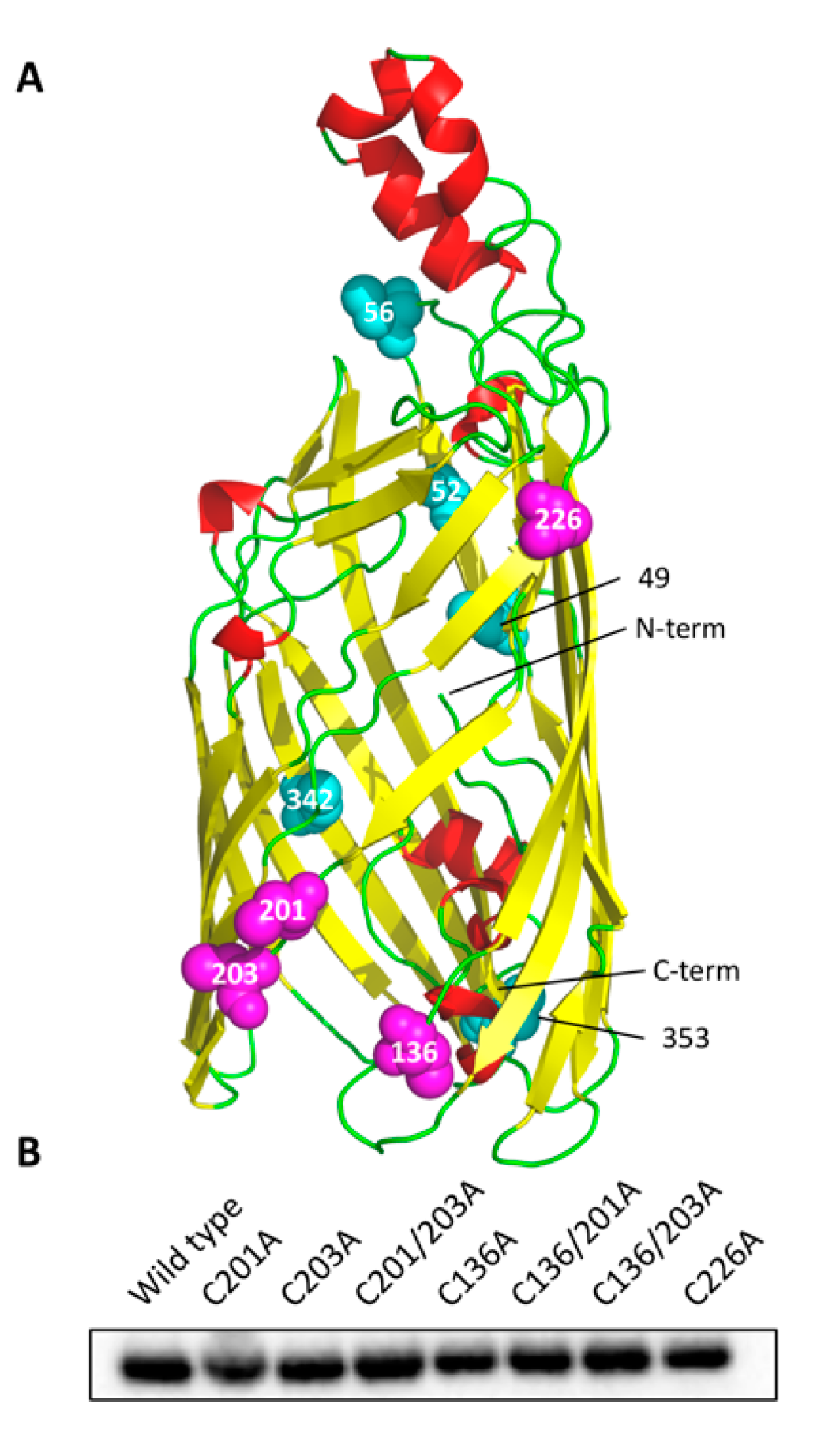Chlamydia, or more specifically Chlamydia trachomatis, is a bacterium infamous for its role in sexually transmitted infections, and is cited by the NHS as the most prevalent STD in the UK. A lesser known strain of this species of bacteria is Chlamydia pneumoniae, a human respiratory pathogen responsible for a range of infections, including pneumonia, sinusitis, and bronchitis, with debates among scientists ongoing about its role in non-respiratory diseases such as arthritis.
In order to enable its survival within the human body, Chlamydia has evolved a unique cell structure. The cell covers itself with a strong mesh-like network made up of many different proteins, but despite its essential role in survival, little is known about how exactly this mesh forms. A collaborative team from the University of Reading, Diamond Light Source, the Research Complex at Harwell, the National Physical Laboratory and the Central Laser Facility's Octopus Imaging Cluster recently published research in the journal Biology that investigated this. The goal was to gain greater insight into how Chlamydia pneumoniae forms these interactions, as disruption of the mesh formation may be a viable treatment option to help prevent infection. The researchers used Octopus' super high-resolution fluorescence microscope to look at the most common protein found within the mesh, the Major Outer Membrane Protein (MOMP), and a series of mutations were introduced, designed to prevent mesh formation.

MOMP homology model with cysteine residues highlighted.
Dr Lin Wang, Octopus link scientist, said, “The majority of Chlamydia pneumonia infections occur from early childhood to teenage years, and while its symptoms are often mild, it can cause complications. It's important that we intervene early to prevent this strain of Chlamydia from establishing itself within the body. Learning more about it and how it behaves is key."
The results showed that introducing more than one mutation to a particular region of MOMP, called a cluster, was able to disrupt the connections between MOMP, which did not occur with just a single mutation. This led the researchers to hypothesise a compensatory mechanism unique to Chlamydia. This mechanism suggests that Chlamydia is able form the interactions required for a stable protein mesh in a less specific manner than previously believed, meaning that the mesh can form as long as only part of the cluster is available.
Dr Amy Danson, who studied Chlamydial MOMP for her PhD, said “Despite Chlamydia affecting so many people around the world, very little is known about how this protective barrier is formed so it was really exciting to see first-hand the effects our carefully designed mutations had on MOMP and its ability to form the protein mesh. We hope that this knowledge will assist with the design of future therapeutics and lead to further understanding of Chlamydia's complex biology."
Read the paper here.
Image credit: Figure 1 by Danson, Amy E., et al. "Super-Resolution Fluorescence Microscopy Reveals Clustering Behaviour of Chlamydia pneumoniae’s Major Outer Membrane Protein." Biology 9.10 (2020): 344. is licensed under CC BY-ND 2.0.
